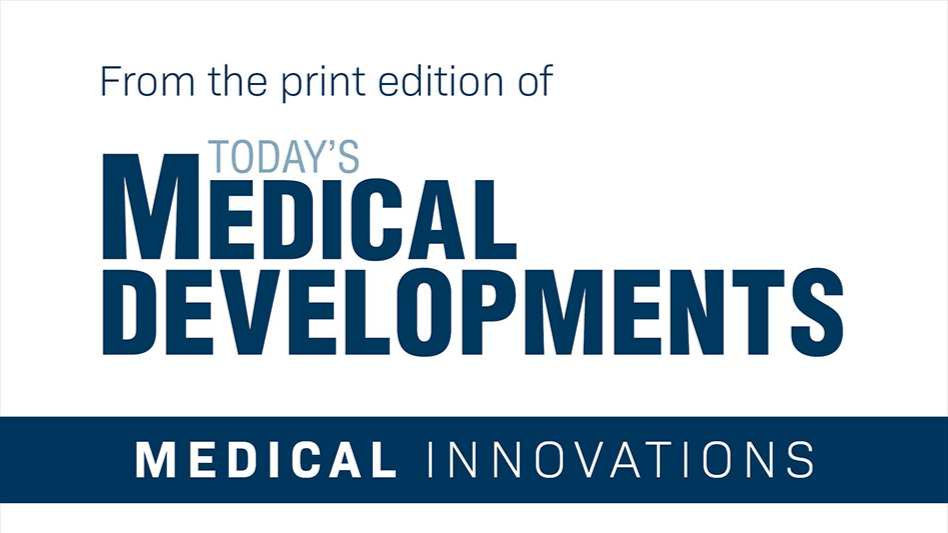Brain-Computer Interfaces are redefining human interaction with communication and movement
- Jul 2
- 2 min read
Updated: Jul 12

The field of medicine and technology brings us revolutionary news. Brain Implants and Brain-Computer Interfaces (BCIs), which connect the brain to a computer, are moving from experimental research to imminent commercialization. These devices promise to restore the ability to communicate and move to people with paralysis and other disabilities, directly decoding brain signals.
Major players like Neuralink, Precision Neuroscience, Blackrock Neurotech, and Synchron are driving this technology. The first to benefit will be patients with paralysis due to spinal cord injuries or Amyotrophic Lateral Sclerosis (ALS).
A key breakthrough is that of the University of California, Davis, where a BCI has allowed a man with ALS to translate his thought into spoken voice with intonation and emotion, almost in real time. The system, which uses microelectrodes and Artificial Intelligence, surpasses text-based technologies by offering a fluid and natural conversation. Although still in the testing phase with only one participant, intelligibility is notably superior to unassisted speech.
In parallel, an important collaboration between the University of Michigan and Stanford focuses on speech restoration for stroke (cerebrovascular accidents) patients who suffer from aphasia. This project, funded by a significant grant, seeks to interpret brain signals using wireless and biocompatible implants, tiny and less invasive than previous technologies. This represents a crucial hope, as currently there are no effective therapies to restore speech in these patients.
The evolution of BCIs is astonishing, from wired to wireless systems, and from dozens to thousands of electrodes, improving precision thanks to Artificial Intelligence. Although challenges exist such as the management of enormous volumes of data and the high costs of clinical trials, the first commercial products are expected to be available in only two or three years. These innovations promise a new era of autonomy and connection for those who have lost their voice or mobility.











Comments